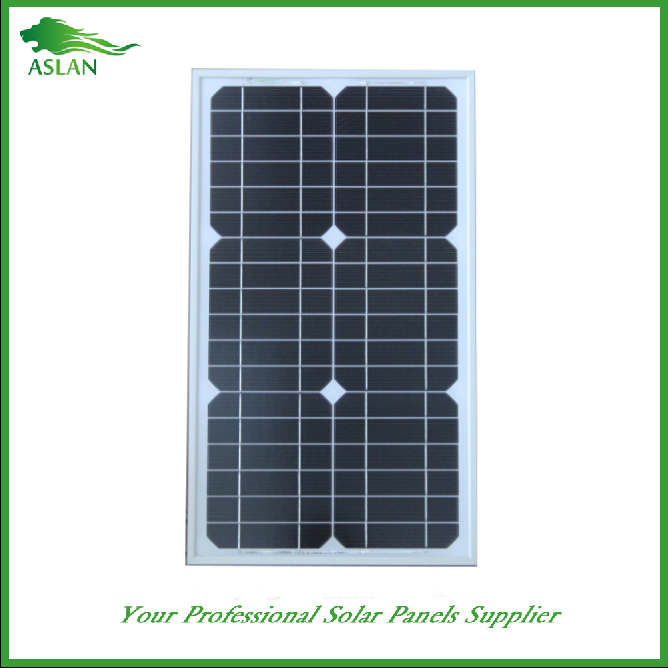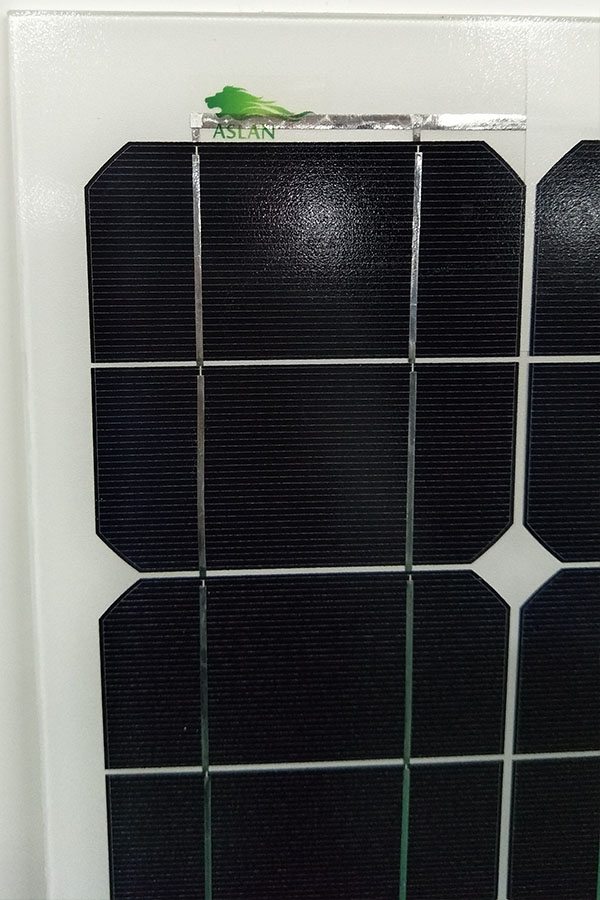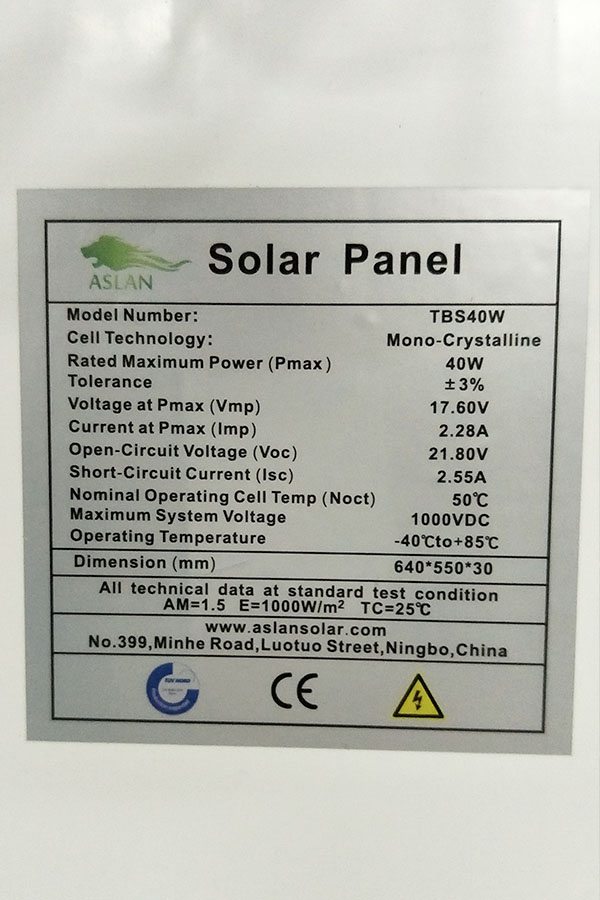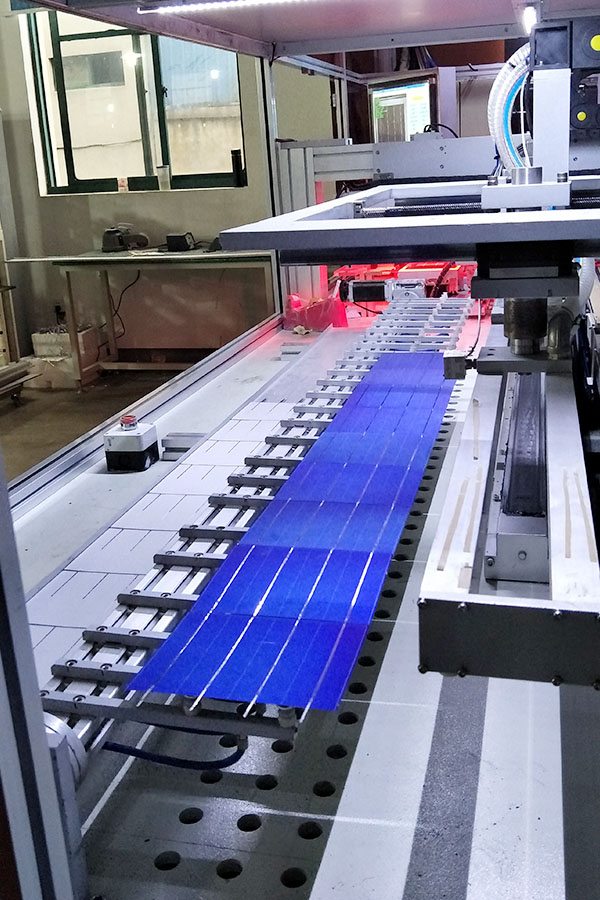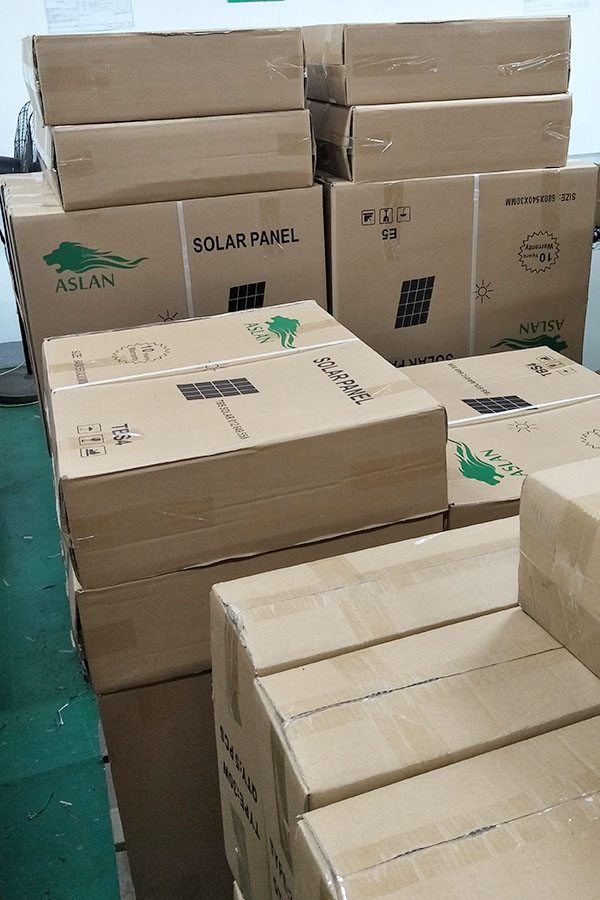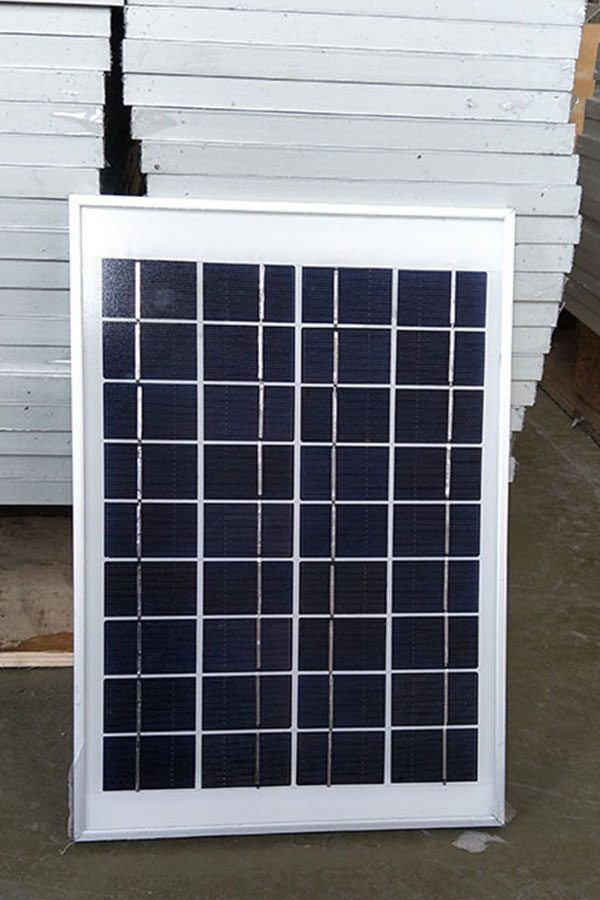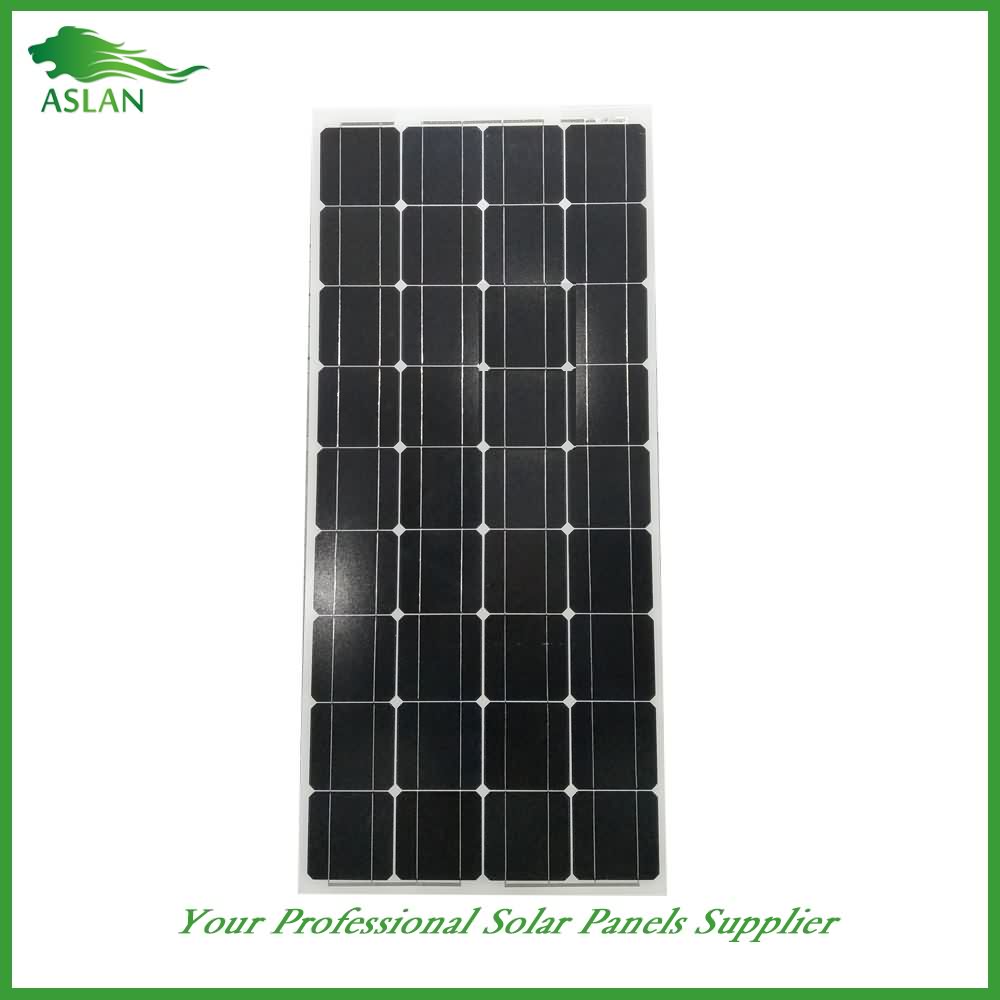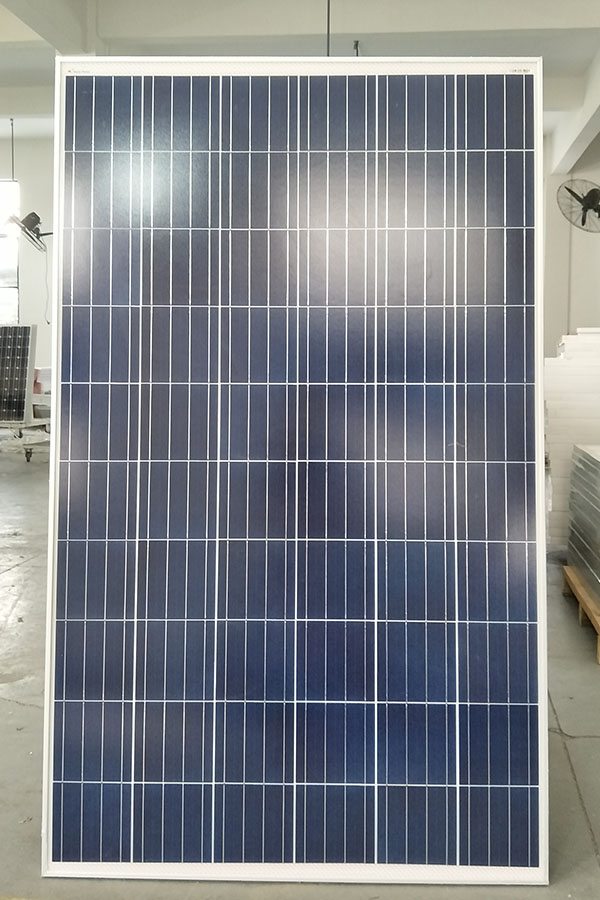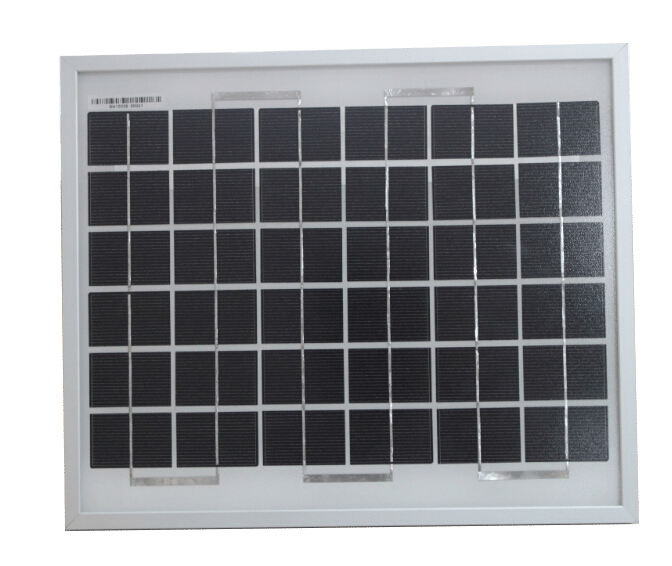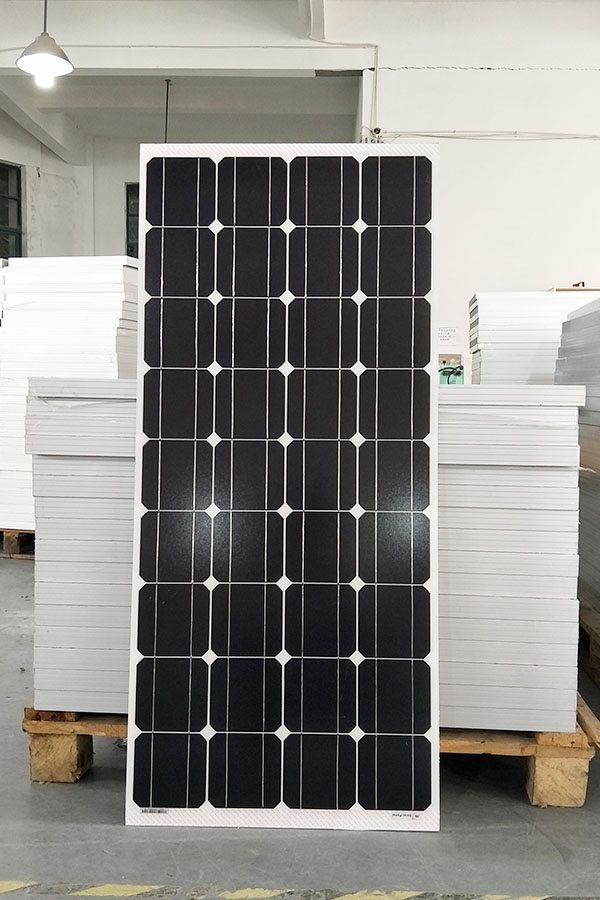30% OFF Price For Mono-Crystalline 30W Solar Panel Rio de Janeiro Importers
Short Description:
Our company puts emphasis on the management, the introduction of talented personnel, and the construction of staff building, trying hard to improve the quality and liability consciousness of staff members. Our company successfully attained IS9001 Certification and European CE Certification of 30% OFF Price For Mono-Crystalline 30W Solar Panel Rio de Janeiro Importers, We hope to establish more business relationships with customers all over the world.
Mono-Crystalline 30W Solar Panel
Technical parameter
Maximum Power(W) 30W
Optimum Power Voltage(Vmp) 17.66V
Optimum Operating Current(Imp) 1.71A
Open Circuit Voltage(Voc) 21.39V
Short Circuit Current(Isc) 1.88A
Mechanical Characteristics
Cell Type Mono-crystalline 125×41.6mm
No of Cell 36 (4x9pcs)
Dimensions 449x554x25mm
Weight 2.8Kg
Front Glass 3.5mm,High Transmission, Low Iron,Tempered Glass
Junction box IP65 Rated
Output Cable TUV 1×4.0mm2/UL12AWG,Length:900mm
Temperature and Coefficients
Operating Temperature(°C): -40°C ~ + 85°C
Maximum System Voltage: 600V(UL)/1000V(IEC) DC
Maximum Rated Current Series: 15A
Temperature Coefficients of Pmax: -0.47%
Temperature Coefficients of Voc: -0.389%
Temperature Coefficients of Isc: 0.057%
Nominal Operationg Cell Temperature (NOCT): 47+/-2°C
Materials of solar panel
1).Solar Cell——Mono-crystalline solar cell 125*41.6mm
2).Front Glass——-3.2mm, high transmission, low iron, tempered glass
3).EVA——-excellent anti-aging EVA
4).TPT——-TPT hot seal made of flame resistance
5).Frame——anodized aluminum profile
6).Junction Box——-IP65 rated, high quality, with diode protection
Superiority: high quality anodized aluminum frame, high efficiency long life, easy installation, strong wind resistance, strong hail resistance.
Features
1. High cell efficiency with quality silicon materials for long term output stability
2. Strictly quality control ensure the stability and reliability, totally 23 QC procedures
3. High transmittance low iron tempered glass with enhanced stiffness and impact resistance
4. Both Poly-crystalline and Mono-crystalline
5. Excellent performance in harsh weather
6. Outstanding electrical performance under high temperature and low irradiance
Quality assurance testing
Thermal cycling test
Thermal shock test
Thermal/Freezing and high humidity cycling test
Electrical isolation test
Hail impact test
Mechanical, wind and twist loading test
Salt mist test
Light and water-exposure test
Moist carbon dioxide/sulphur dioxide
Solar Energy Engineering Master of Science – Dr. Martin Heinrich
Solar Professionals in the New Energy Era – Dr. Jeffrey Brownson
RESS Online Tools – Dr. Jeffrey Brownson
Fraunhofer Institute of Solar Energy Systems – Dr. Andreas Hinsch
Introduction and moderation by Paulette Middleton
American Honda Motor Co., Inc., founding sponsor of the nonprofit Aquarium of the Pacific in Long Beach, California, is providing Honda solar cell technology to help power the Aquarium’s new June Keyes Penguin Habitat. The 11-kilowatt system provides a reliable supply of clean energy that is expected to reduce the Aquarium’s reliance on grid-supplied electricity by more than 14,000 kilowatt hours per year. The new June Keyes Penguin Habitat opened to the public May 17, 2012.
This is the first public demonstration of Honda’s solar panels in the United States. Honda currently has thin film solar panels installed in 22 Honda facilities worldwide — including the company’s motorsports engineering facility in Santa Clarita, Calif. and an auto manufacturing plant in Indiana. Honda’s longstanding relationship with the Aquarium prompted this public debut. Since 1998, Honda has assisted with the Aquarium’s important efforts for marine conversation, education and community outreach programs.
The June Keyes Penguin Habitat, a permanent new exhibit at the Aquarium, houses Magellanic penguins typically found near the southern tip of South America. Today, environmental issues are threatening their survival in the wild. The habitat includes educational exhibit panels and interactive touch screens where visitors can learn about penguins and why 75 percent of them are endangered or threatened.
